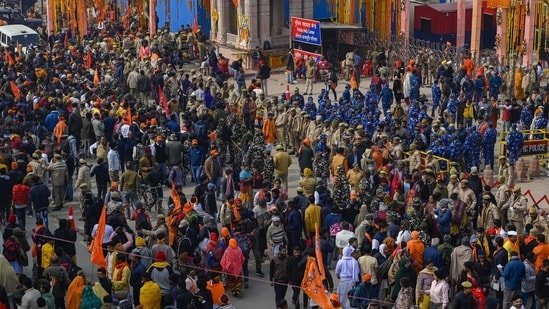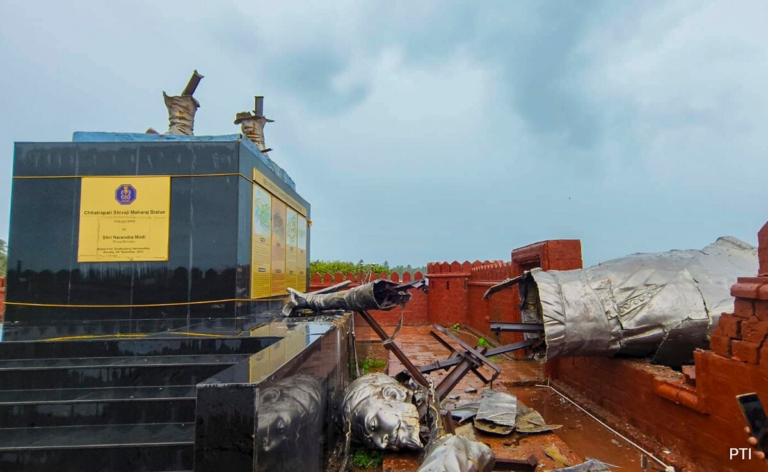
India can count itself among the most religious countries in the world. Pilgrimages have been an integral aspect of this religiosity. Millions undertake pilgrimages across temples, churches, masjids, dargahs, and other sacred sites. However, this newspaper, dissecting NSSO figures for 2014-15, has found that though the share of pilgrims among India’s domestic tourists (7.7%) is next only to those taking social domestic trips (80%), the pilgrim spends only a portion of what a leisure traveller does. This may be because austerity is integral to pilgrimages. It could also be that the facilities available for a pilgrim, unlike for a leisure tourist, are limited. This could change as the government discovers the economic potential of pilgrimage.

Take Ayodhya. The story of the Ram temple is also the story of Ayodhya’s reinvention as a site for religious tourism. Along with the coming of the temple, the town has seen a major infrastructure makeover in anticipation of a rush of pilgrims. This vision of a tourism economy does not reduce the spiritual quotient of the temple but is sure to put money in the hands of local residents.
This government has recognised the soft power and business potential of India’s pilgrimage tourism. For instance, the Buddhist circuit targets travellers from Southeast Asia. The Chhattisgarh government launched a “Ram Van Gaman” circuit last year to attract Ram bhakts. Many religious structures in India are not merely shrines/sites of piety but also grand works of art. Better infrastructure, cleaner environs, and improved safety features at such sites can boost lost economies and generate employment. Ayodhya is heading that way. Others may follow.
Continue reading with HT Premium Subscription
Daily E Paper I Premium Articles I Brunch E Magazine I Daily Infographics








